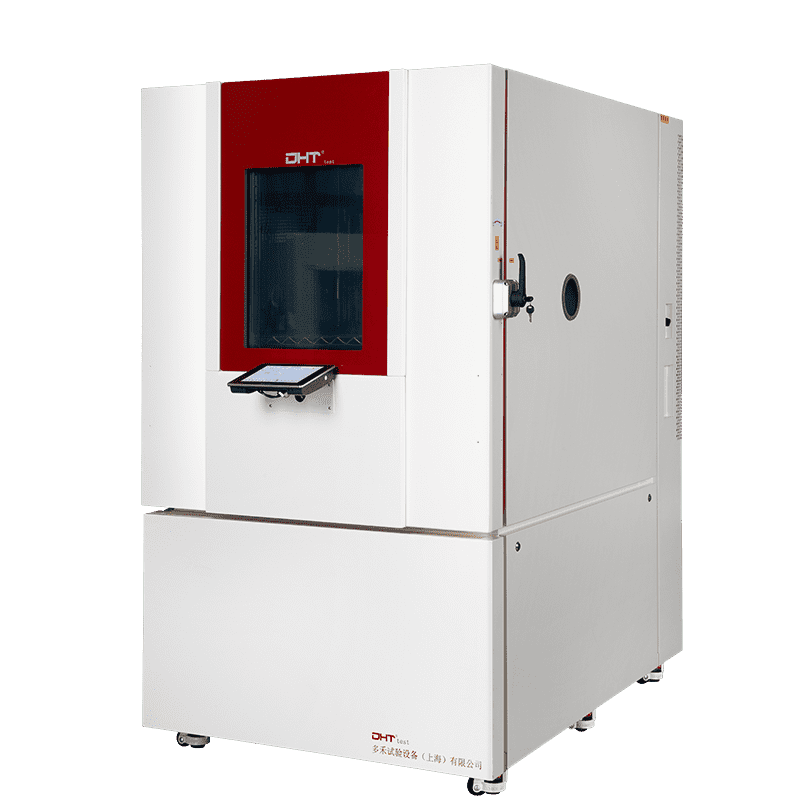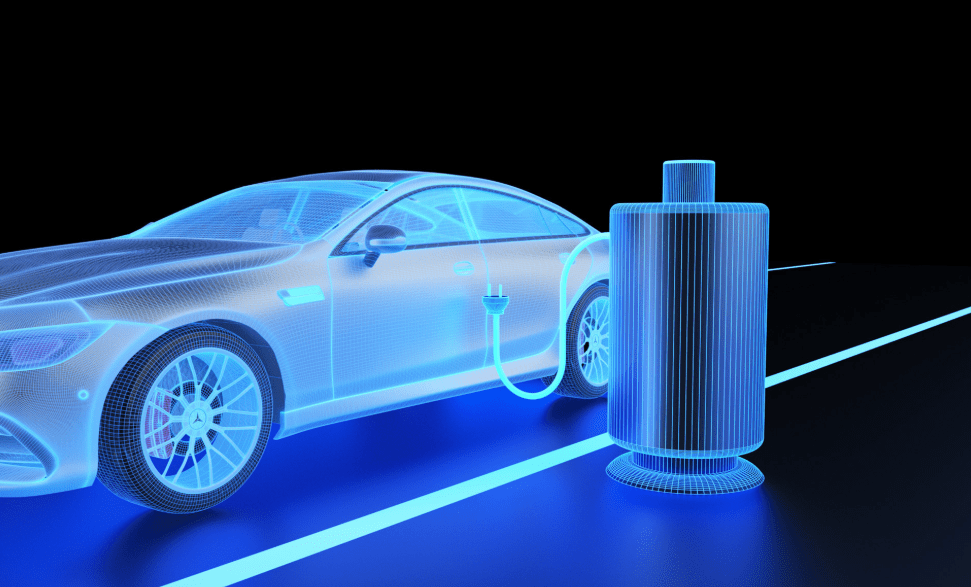Leitender Ingenieur, Doaho Test (DHT®)
Da die neue Energieindustrie auf 800V Hochspannungsplattformen und das Zeitalter der Festkörperbatterien zusteuert, stehen die Sicherheitsvalidierungen von Batteriesystemen vor beispiellosen Herausforderungen. Explosionssichere Prüfkabinen, als Kernausrüstung für besonders risikoanfällige Tests (wie thermisches Durchgehen, Überladung und Nagelpenetration), spielen eine entscheidende Rolle, um kontrollierte Testgrenzen und zuverlässige Daten zu gewährleisten. Im Jahr 2025, bei zunehmender Produktiteration und strengeren Sicherheitsstandards, wie können Unternehmen eine explosionssichere Kammer wählen, die wirklich den Testanforderungen entspricht und die Basissicherheit schützt? Dieser Artikel bietet einen strukturierten Leitfaden zu typischen Anwendungen, Schlüsselmerkmalen, Sicherheitszertifizierungen und Auswahltrends.
Definieren Sie das Test-Szenario: Wann ist eine explosionssichere Kammer erforderlich?
Nicht alle Batterietests erfordern explosionssichere Konfigurationen. Nur wenn ein Test ein vorhersehbares Risiko von thermischem Durchgehen oder einer Verbrennung beinhaltet, ist explosionsgeschützter Schutz zwingend erforderlich. Typische risikoreiche Test-Szenarien umfassen:
-
Thermischer Missbrauch-Test (>150°C): Löst thermisches Durchgehen mit Flammen und Abgabe aus;
-
Nagelpenetration/Quetschtest: Verursacht interne Kurzschlüsse nach Beschädigungen der Separatoren, oft führt dies zu Feuer oder Auswurf;
-
Überladung/Entladungstest: Schnelles Laden (2C–5C) verursacht rasch internen Gasaufbau und Expansion;
-
Erzwungener interner Kurzschluss-Test: Simuliert extreme elektrochemische Ausfälle und birgt erhebliche Gefahren;
-
Beheizter Test mit aktiver Batterie/externer Wärmequelle: Bewertet, wie externe Zündquellen die Batteriesicherheit beeinflussen.
Es wird empfohlen, sich auf Standards wie GB/T 31467.3, UN38.3, SAE J2464 und UL 2580 zu beziehen. Für die oben genannten Szenarien sollte Ausrüstung mit ATEX oder gleichwertiger explosionssicherer Zertifizierung eingesetzt werden.
Technische Kern-Spezifikationen: Fünf wichtige Parameter, die vor dem Kauf überprüft werden müssen
-
Widerstandsfähigkeit der explosionssicheren Struktur
Die Kammer sollte einem Momentandruck von ≥10 kPa (empfohlen werden 20 kPa) standhalten. Eine gängige Struktur umfasst SUS304 kombiniert mit Q235B, optimiert durch Finite-Elemente-Analyse (FEA), um die Spannungsverteilung zu gewährleisten. -
Reaktionszeit des Druckentlastungssystems
Hochwertige Kammern verwenden Berstscheiben-Entlastungsventile, die in der Lage sind, innerhalb von 5 Millisekunden zu entlasten und Verformungen und sekundäre Unfälle zu verhindern. -
Inertisierungskontrollsystem
Integriert VOC-Gassensoren, Wärmebildgebung und ein Stickstoffsystem, um die Atmosphäre der Kammer schnell zu inertisieren in den frühen Stadien thermischer Ereignisse, wodurch Verbrennung effektiv unterdrückt wird. -
Automatische Brandunterdrückung
Systeme wie Heptafluoropropan oder Trockenpulver können die Sauerstoffkonzentration innerhalb von 60 Sekunden unter die Zündgrenzwerte senken und eine geschlossene Brandunterdrückung erreichen. -
Präzise Datenakquisition über mehrere Kanäle
Hochrisikotests erfordern ≥64-Kanal-Thermoelementmodule mit Störschutzdesign und Daten-Backup, um Datenintegrität und Rückverfolgbarkeit sicherzustellen.
Sicherheitsmechanismen und Compliance: Sicherstellung von gesetzlichem und standardisiertem Testen
-
ATEX-Zertifizierung (für EU-Märkte) oder IECEx/UL explosionssichere Markierungen (international anerkannt);
-
ISO 80079 Serienstandards: Umfassend explosionssichere elektrische Strukturen, elektrische Sicherheit und flammhemmende Materialleistung;
-
Datenschutzmaßnahmen: Umfassen Isolationszonen und Passwortzugangskontrollen, um Datenmanipulation oder -lecks zu verhindern.
Hinweis: Einige Hersteller behaupten fälschlicherweise, explosionssichere Fähigkeit, indem sie dickere Paneele oder verstärkte Schweißnähte verwenden. Überprüfen Sie immer Drittanbieter-Konformitätszertifikate.
DHT® Differenzierung und Auswahlberatung
Für Power-Batterie-Unternehmen im Jahr 2025 sind folgende Anwendungsbedürfnisse priorisierenswert:
-
Produktionslinien für Batterien mit hoher Energiedichte: DHT®’s 180°C Hochtemperaturmodus kann extreme Bedingungen für Festkörperbatterien simulieren;
-
Globale Compliance-Anforderungen: DHT® bietet doppelte Zertifizierung (CNEX + ATEX), um regulatorische Anforderungen sowohl in China als auch in Europa zu erfüllen;
-
Kostenreduzierungs- und Effizienzziele: Energieoptimierte Designs können die Testkosten pro GWh Kapazität um ungefähr 150.000 CNY reduzieren;
-
Langfristige F&E-Projekte: Modulare Systeme unterstützen zukünftige Upgrades auf 200°C für ultra-hohe Temperaturtests.
Laut Drittanbieterdaten von CNAS (Bericht Nr.: LAB-2024-BT001), haben DHT® explosionssichere Systeme eine Erfolgsrate von 99.97% bei der Unterdrückung von Deflagration während der Simulation von thermischem Durchgehen erreicht.
Schlussfolgerung
Batteriesicherheit ist nicht nur ein technisches Thema—es spiegelt die Verantwortung und Glaubwürdigkeit einer Firma wider. Die Wahl einer konformen, professionellen und anwendungsangepassten explosionssicheren Prüfkabine ist ein entscheidender Schritt für jedes neue Energieunternehmen, von der Validierung bis zur Optimierung und Massenproduktion. Im Jahr 2025 geht es nicht nur darum, den Test zu bestehen—es geht darum, die letzte Schutzlinie in Ihrem Labor zu verteidigen.
Wenn Sie nach einer wirklich zuverlässigen Lösung für Hochrisiko-Test-Szenarien suchen, kontaktieren Sie DHT®.. Wir bieten umfassende Unterstützung, von der Auswahlberatung und maßgeschneidertem Design bis zum After-Sales-Service, und helfen Ihnen, jeden wichtigen Test effizient und sicher durchzuführen.


